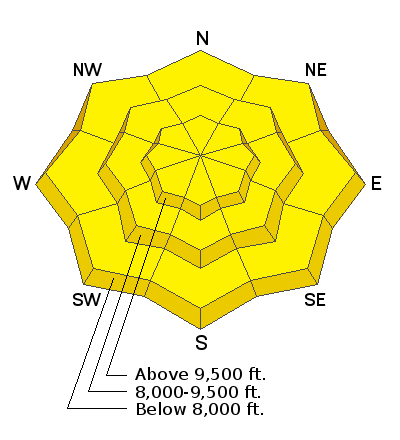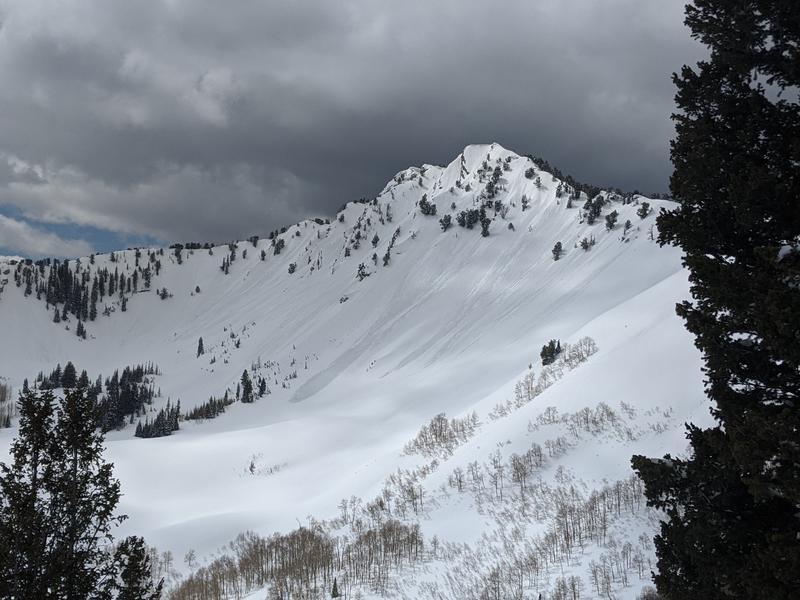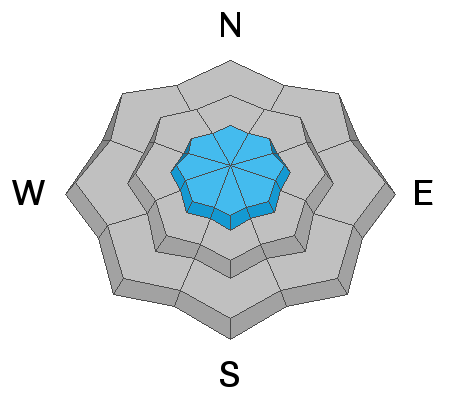Forecast for the Provo Area Mountains

Issued by Nikki Champion on
Wednesday morning, April 1, 2020
Wednesday morning, April 1, 2020
Today, the overall avalanche danger is MODERATE. Another day of warm temperatures and partly cloudy skies will cause wet-loose avalanches to develop on all elevation solar slopes and low and mid-elevation northerly slopes during the heat of the day.
At the upper elevations, fresh slabs of wind drifted snow up to 3 feet deep may still exist. Look for any signs of wind drifted snow, and avoid those slopes
Pay attention to changing springtime conditions and evaluate terrain carefully.

Low
Moderate
Considerable
High
Extreme
Learn how to read the forecast here









